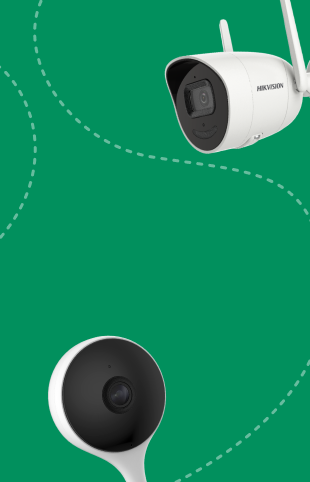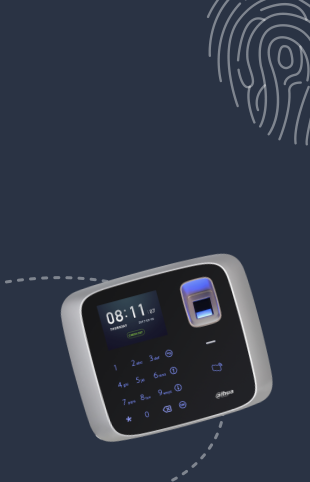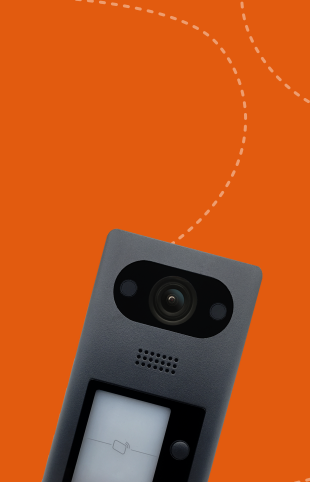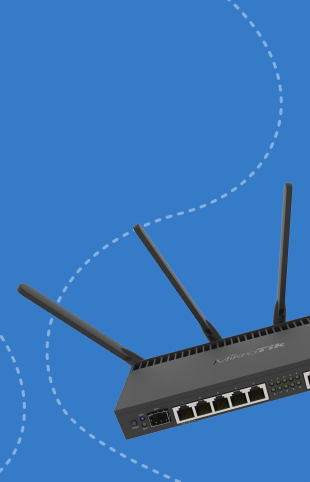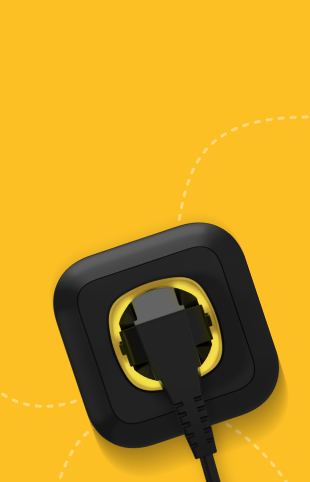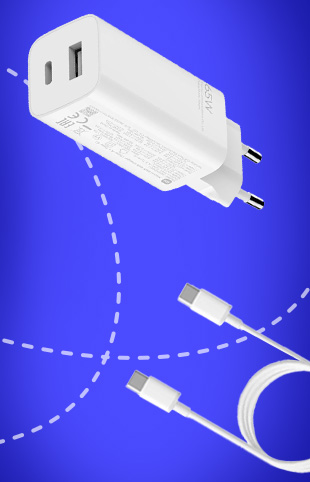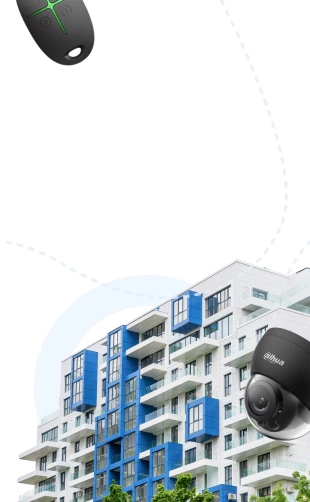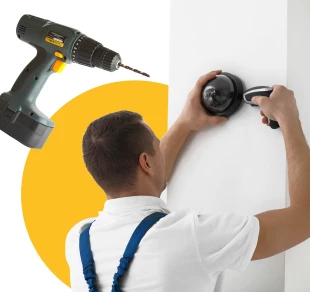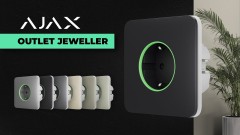Advanced Ajax Hub 2 (4G). What is the difference with the regular Ajax Hub 2 (2G)
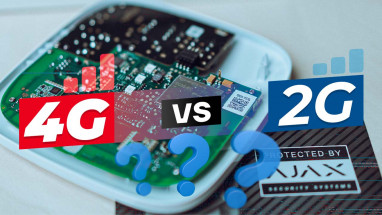
How often have you wondered how much more significant the difference between the different generations of mobile Internet - 2G, 3G, 4G - might be? For the inexperienced layman, the difference may seem minimal, but it's far from it.
The well-known company Ajax, which is engaged in the segment of production of alarm systems, recently released a new version of its device Hub 2 with a modem that supports not only 2G, but also 3G, 4G mobile Internet. What does this really mean, and why did the Hub need a new modem? Let's talk more about that in our article.
Ajax Hub 2 (4G) - Features
So, is the new Hub 2 (4G) modem from the manufacturer of Ajax alarm systems so good? What are the main features and advantages of this model, if you compare it, for example, with the previous version of Ajax Hub 2, which has a GSM-modem that works with the Internet 2G?
What is a "hub"? It is a kind of "center" of the alarm system, to which the other devices are already connected. Thus, the Ajax hub interacts with control sensors, actuators, repeaters and other equipment.
It is the hub that stores information about rooms, groups, added devices and created scenarios. At the same time, the hub is constantly in touch with the server Ajax Cloud - this makes it possible to display up-to-date information about the state of the system in the mobile application installed on a smartphone, for example.
It also allows you to generate push notifications. The Hub can call the owner or send an sms message. The gsm-module, which is installed in the hub, is also responsible for this. What do I need to know about hubs from Ajax?
First of all, that these devices have several communication channels at once, among which:
- Ethernet;
- Wi-Fi (in some models);
- GSM-module.
Despite the fact that the Ethernet channel is considered a priority, most hubs have a SIM card. Connection to the Internet via SIM card acts as a backup communication channel. There are also situations where mobile Internet is the only possible connection option.
It is at times like these, you have to think about what kind of GSM module is installed in your hub. Ajax Hub 2 (4G) and Ajax Hub 2 (2G) differ from each other exactly in gsm-module and, accordingly, the ability to work with mobile Internet of different generations.
Key differences
What do these nuances mean in practice? What are the benefits of 4G networks? As mentioned above, 2G, 3G and 4G are different "generations" of mobile Internet. Before them, there were generations such as 0G and 1G, which were used exclusively for voice calls.
With each successive generation of mobile Internet, the data transfer rate has also increased. For example, the data transfer speed of the 2G network is about 50 kilobits per second, in 3G it has increased to 2 megabits per second, and in 4G it is an impressive 100 megabits per second.
Certainly, the latest generation 4G networks are the preferred option when you're watching high resolution and frame rate streaming video on your smartphone. But is that speed really necessary when it comes to hubs? Does a security alarm system need it?
In fact, the amount of data transmitted by the hub is so small that even 2G Internet is enough for it. The situation has changed slightly with the advent of Ajax sensors, which support photo verification of alarms. With a higher data rate connection, photos can be delivered faster if such a sensor is triggered.
In addition, the application itself will work significantly "faster", which is also important. The main reason to use a 3g and 4g modem is the simple fact that in many countries support for 2g networks is almost completely discontinued.
This means that it is physically impossible to use a hub with such a modem. It is important to remember that in terms of data transfer speeds, the hub is sufficient capacity and 2G modem. Nevertheless, it is necessary to take into account other factors affecting the performance of the equipment - reduced ping or packet delay, for example.
The 4g standard increases the "capacity" of the network by an order of magnitude compared to 2G. In fact, this means that even places with a large number of simultaneous connections to the operator's network hub will not "lose" connection, and the connection itself will remain stable.
Otherwise it is the same hub with a 2g modem:
- Up to 100 connected devices;
- Up to 50 users;
- Possibility to create up to 9 groups to distribute the sensor into separate zones.
The latter feature makes it easier to manage and control all your devices.
In addition, this hub allows you to connect up to 5 ReX signal repeaters. It also allows you to create up to 32 scenarios and supports photo-recording sensors.
In conclusion
So, is it worth choosing a Hub with a newer GSM-modem or is it quite possible to do with the purchase of the "old" version? If you are just looking for a reliable alarm system, especially if you plan to use sensors with photo fixation, a clear recommendation is Ajax Hub 2 (4G).
This device is specially designed and uses all the capabilities of high-speed data transfer of the modern generation of mobile Internet. On the other hand, provided there is a stable operator's coverage and confident connection, the Ajax Hub 2 (2G) is quite sufficient for the full operation of the hub.

